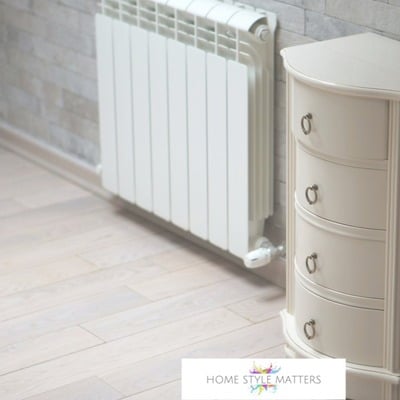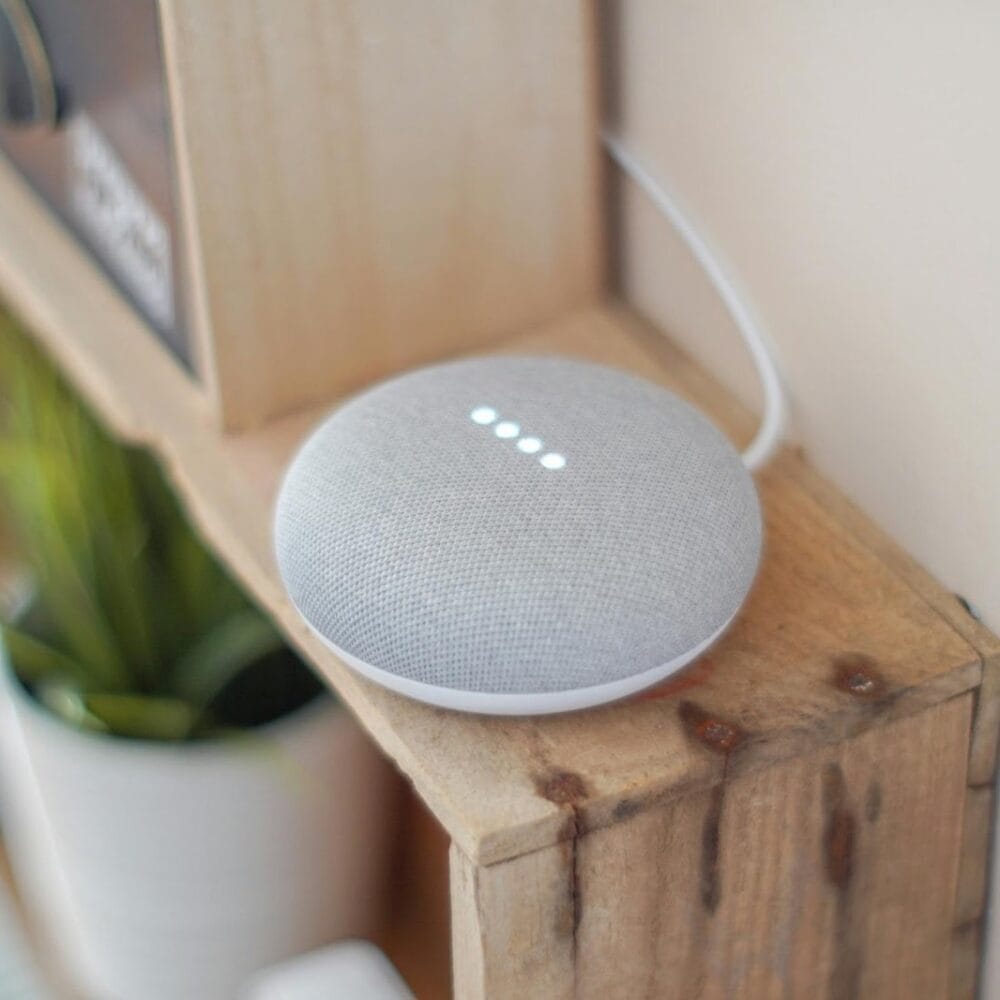Carpet vs Wooden Flooring
Table of Contents
In-home decoration, one of the most significant decisions homeowners face is choosing the right flooring – Carpet vs Wooden Flooring. Among the best flooring options available, two perennial favorites stand out: the warmth and comfort of a quality carpet versus the timeless appeal of hardwood flooring. Below we explore the pros and cons of these two contenders in the great flooring debate.
Pros
Comfort and Warmth

The cons of Carpet are that it creates a cozy flooring and warm atmosphere, especially in colder climates. There’s something undeniably comforting about sinking your toes into a plush carpet after a long day. Carpets offer a sense of warmth, literally and figuratively, making them an inviting choice for bedrooms and living spaces. Their insulating properties are a great way to help to keep a room warmer, which can only be a benefit in the age of high fuel bills. As a general rule of thumb, they provide a soft surface for children to play or guests to lounge comfortably.
Noise Reduction
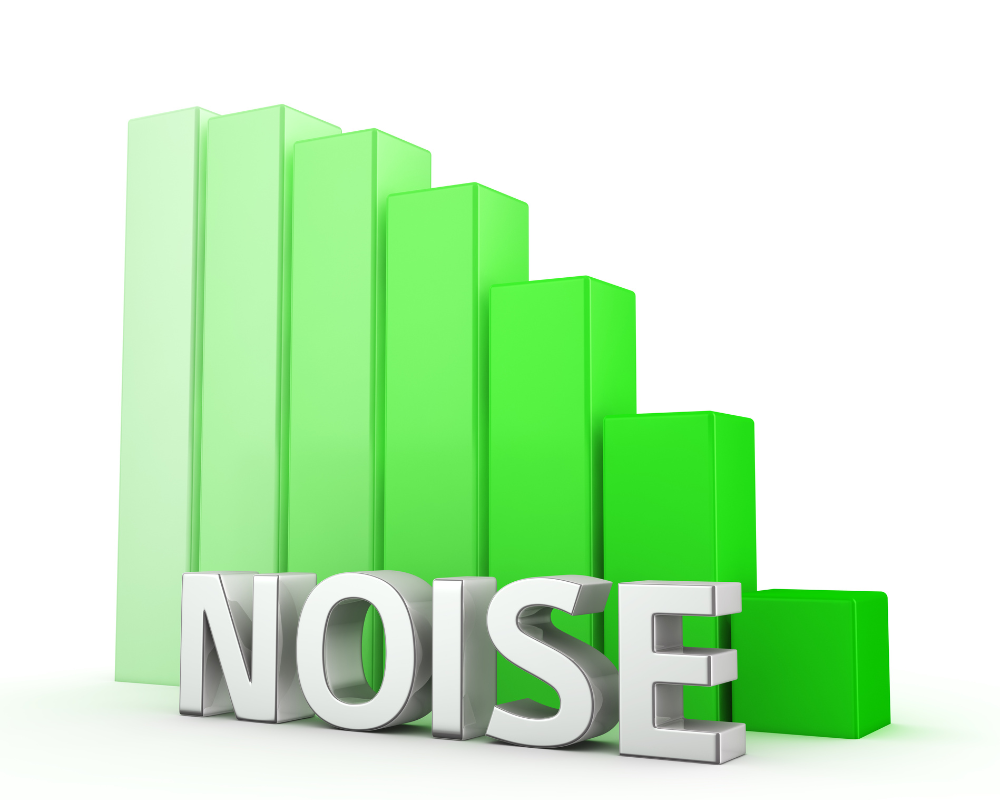
When it comes to noise reduction in a home or office setting, many people overlook the impact of carpet flooring. The right type of carpet can play a significant role in absorbing and reducing loud music and noise levels, creating a quieter and more peaceful environment. In addition to providing thermal insulation and comfort underfoot, carpets can effectively dampen the sound by absorbing airborne noise and reducing impact noise from foot traffic.
Incorporating sound-absorbing materials into interior design not only enhances the acoustic comfort of a space but also contributes to overall well-being. By selecting the appropriate carpet type, thickness, and pile density, you can harness the noise-reducing qualities of this versatile flooring option. Whether it’s in an open-concept office space or in high traffic areas in a busy household with active children or pets, the installation of quality carpeting could be the key solution and important factor for minimizing noise.
Versatility
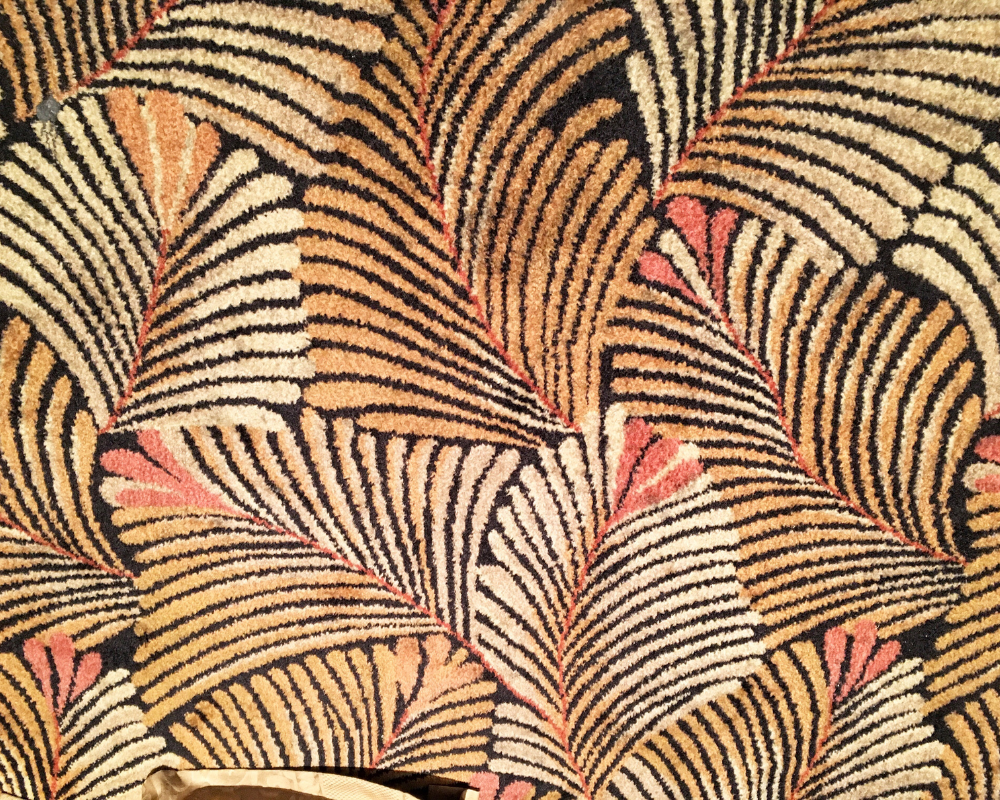
Versatility is the carpet’s unsung superpower. Beyond its primary consideration of being soft underfoot, it can stand the test of time and transform a room with its diverse patterns and colors. Rendered in luxurious shag for a bohemian vibe, or sleek and low-pile for a modern, minimalist look, the best carpeting effortlessly adapts to different design sensibilities or even a tight budget.
The new carpet’s versatility extends beyond mere appearance, it also offers functional benefits. From providing noise insulation to offering warmth for family members during chilly months, carpets are a good idea as they can effortlessly multi-task as both a decorative and practical element in interior design. Whether used as an accent piece or as the foundation of a room’s decoration scheme, this flexible flooring option continues to surprise and delight those who make an informed decision to harness its creative potential.
Cons
Maintenance
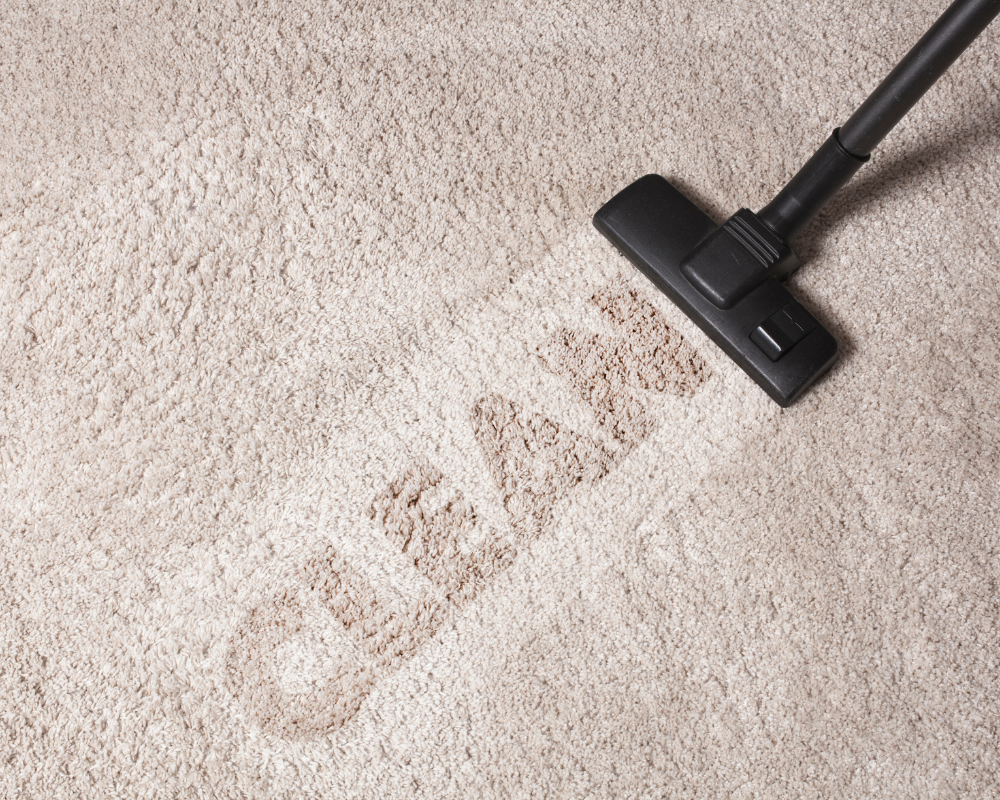
Maintaining your carpet is essential for its longevity and appearance. Regular vacuuming helps to remove dirt, debris, and allergens from all types of carpet, preventing them from becoming embedded in the fibers. It is also important to schedule professional cleaning especially for an old carpet every 12-18 months to eliminate deep-seated grime and bacteria that household vacuums can’t reach.
In addition to regular cleaning, consider implementing no-shoe policies in certain areas of your home as the best way to reduce the amount of dirt and oil brought onto your carpets. Another maintenance tip is to strategically place rugs or mats in high-traffic areas in the rest of your home to minimize wear and tear on the carpet fibers. By being proactive with your carpet maintenance, especially around the front door area, you can prolong its life and keep it looking fresh and clean for years to come.
Durability

Durability is the cornerstone of any long-lasting carpet, and it’s more than just a good reasons to choose a material. Maintenance and care play an equally important role in extending the life of your main floor cover. Understanding the type of traffic your carpet will experience on a regular basis can help determine its durability requirements. For high-traffic areas, the best choice is to invest in stain-resistant and easy-to-clean options that will ensure longevity.
Moreover, technologies like solution-dyed fibers can enhance a carpet’s durability by locking in color and resisting fading or staining. Choosing carpets with tight weaves or low-pile carpeting heights can contribute to their ability to withstand wear and tear over time.
Wooden Wonders
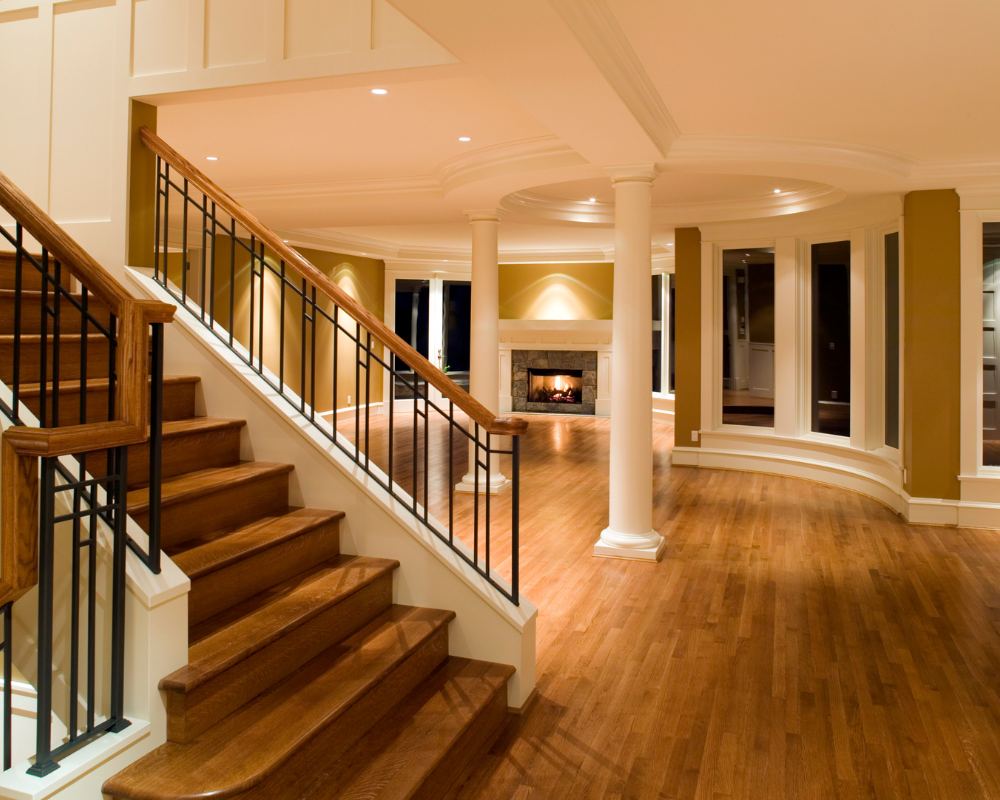
Wooden flooring has undergone a revival in recent years, as homeowners seek a more natural and sustainable alternative to traditional flooring options. The warmth and character of natural wood finish can bring an organic and inviting atmosphere to any space, making it a popular choice for both modern and classic interior designs and hard surfaces. With various styles, finishes, and wood species available, wooden flooring is a better choice and offers versatility in creating a unique style that reflects individual preferences.
Not only does wooden flooring enhance the visual appeal of a room, but it also brings practical benefits. Its durability and longevity make it a sound investment for homeowners looking for long-term value. Additionally, wooden flooring can be easily maintained with regular cleaning and occasional refinishing, ensuring that it retains its beauty for years to come. Wooden floors also provide a natural insulating effect, keeping homes warmer in the colder months while remaining cool underfoot during summer—a comforting feature appreciated by many.
Pros
Timeless Elegance

Wooden flooring adds a touch of elegance and timelessness to any space. When it comes to interior design, wooden flooring embodies this concept with its inherent elegance and enduring appeal. Far from being a fad, wooden flooring has been used for centuries, providing a warm and inviting ambiance that never goes out of style.
Something is captivating about the natural warmth and texture of wooden floors. Its unique ability to exude both rustic charm and modern sophistication makes it timeless. The versatility of wooden flooring allows for endless possibilities in terms of styling and decoration, seamlessly complementing any design from minimalist to traditional. In an era where fast fashion dominates every industry, it’s a mindful choice towards sustainability and longevity that improves with age.
Durability
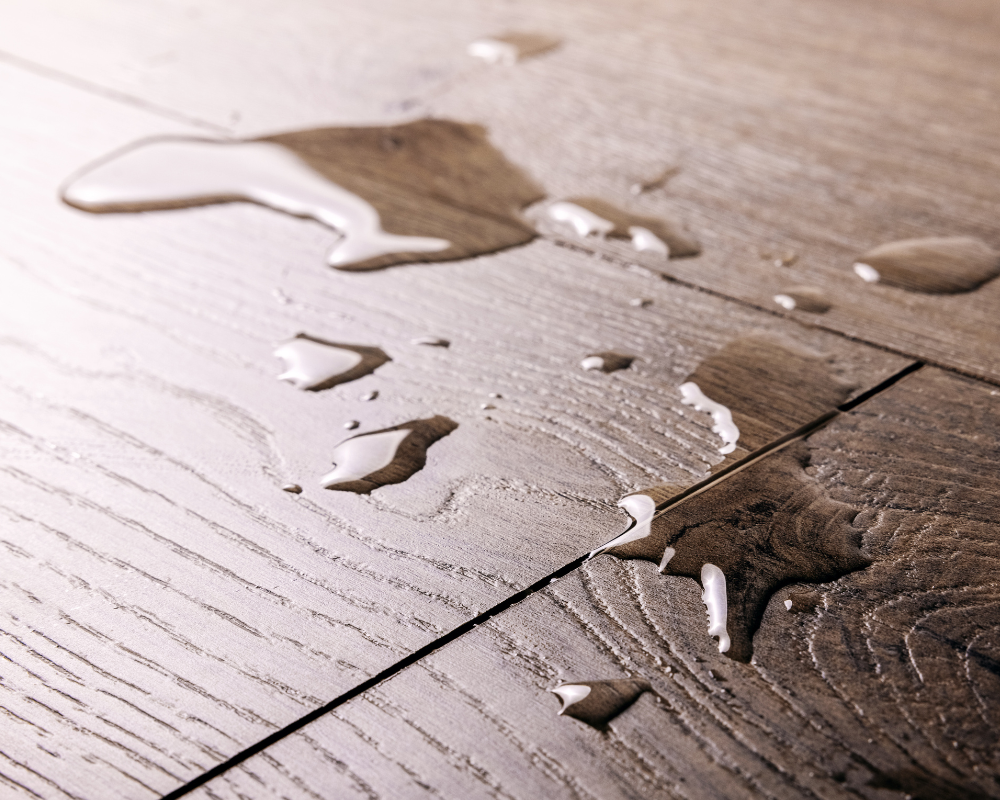
When it comes to choosing flooring for your home, durability is a key factor to consider. The enduring nature of wooden flooring lies in its ability to withstand heavy foot traffic, resist impact from furniture and objects, and maintain its structural integrity over the years. With proper maintenance and care, wooden flooring can last for decades without showing signs of wear and tear.
One of the often overlooked aspects that contribute to the durability of wooden flooring is its ability to be refinished multiple times. Unlike other types of flooring that may need complete replacement after wear and tear sets in, quality wooden floors can simply be sanded down and refinished to restore their original beauty. This not only extends the lifespan of the flooring but also adds a layer of sustainability by reducing the need for new materials.
Advancements in manufacturing techniques have led to improved sealing and protective coatings for wooden flooring, further enhancing its durability. These innovations ensure that modern wooden floors are more resistant to moisture damage, staining, and scratches, making them an ideal choice in homes or commercial spaces.
Low Maintenance
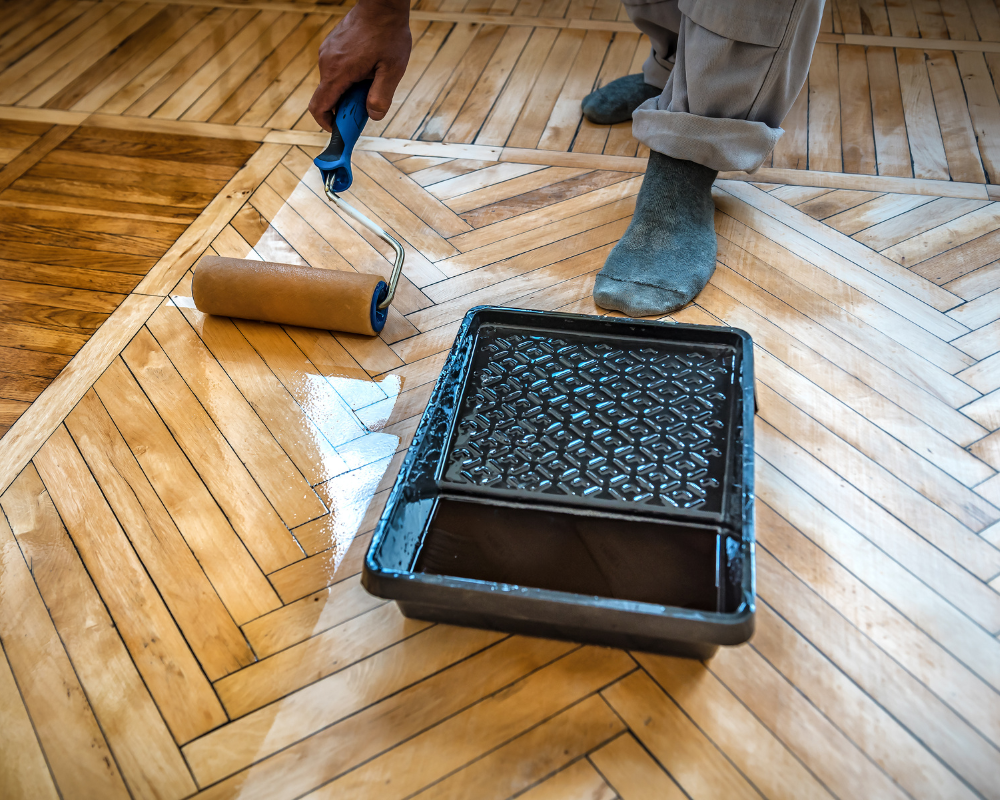
When it comes to low-maintenance flooring, wooden flooring requires minimal upkeep compared to other materials, making it an ideal option for those with busy lifestyles. Its smooth surface allows for easy cleaning and prevents dust or debris from accumulating, reducing the need for frequent maintenance.
Wooden flooring can also be easily rejuvenated with a simple polish or wax, preserving its luster over time without extensive effort. This sustainable material provides long-term cost savings as it withstands wear and tear while still retaining its visual appeal.
When it comes to low-maintenance flooring, wooden flooring is a timeless choice that offers both elegance and practicality. With its durability and natural charm, wooden flooring requires minimal upkeep compared to other materials, making it an ideal option for those with busy lifestyles. Its smooth surface allows for easy cleaning and prevents dust or debris from accumulating, reducing the need for frequent maintenance.
Moreover, wooden flooring can be easily rejuvenated with a simple polish or wax, preserving its luster over time without extensive effort. This sustainable material also provides long-term cost savings as it withstands wear and tear while retaining its aesthetic appeal. By opting for wooden flooring, homeowners can enjoy the beauty of their space without sacrificing valuable time on high-maintenance upkeep. With its resilience and effortless care routine, wooden flooring truly embodies the essence of low-maintenance living.
Cons
Cost
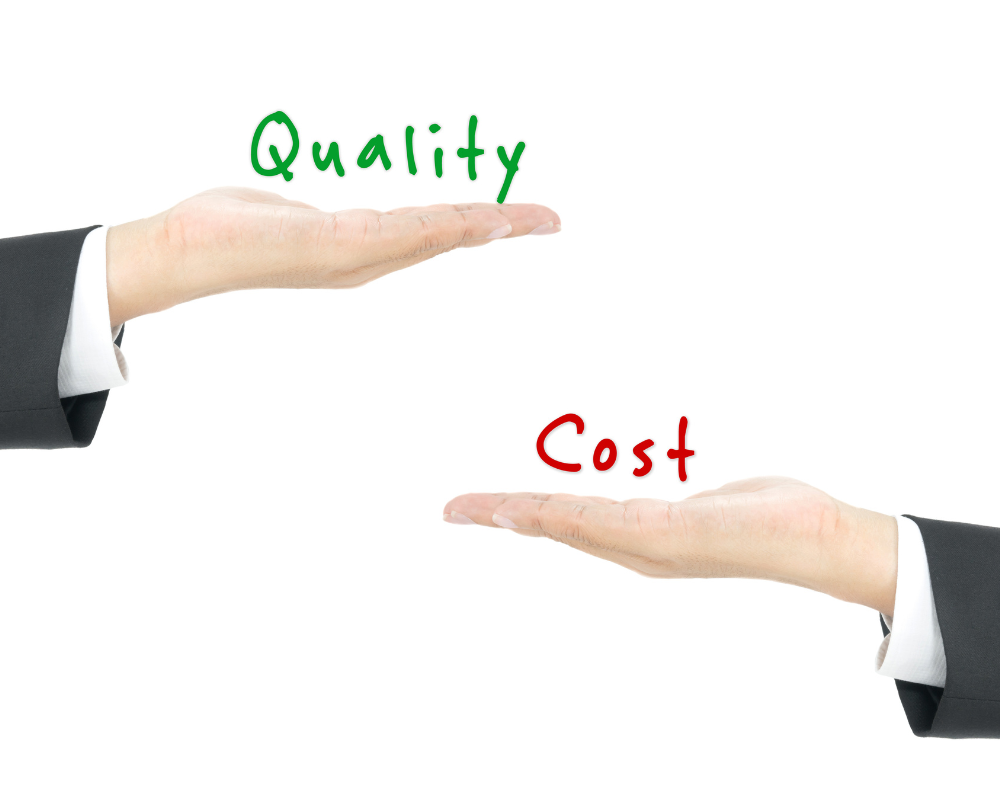
Wooden flooring, while undeniably beautiful and durable, can also come with a hefty price tag. It is essential to consider the long-term benefits when evaluating the cost of hardwood floors. Unlike cheaper alternatives such as laminate or vinyl, wooden flooring is the best option and has a timeless quality that adds value to your home and can last for decades with proper care.
The initial investment in wooden flooring can pay off in terms of resale value and reduced maintenance costs over time. By choosing high-quality wooden materials and professional installation, you’re not just paying for a floor but investing in the overall appeal and value of your property. It’s crucial to weigh these factors against the initial expense when considering installing wooden flooring in your home. Ultimately, the cost should be viewed as an investment that enhances both the aesthetic and financial value of your living space.
Hard Surface
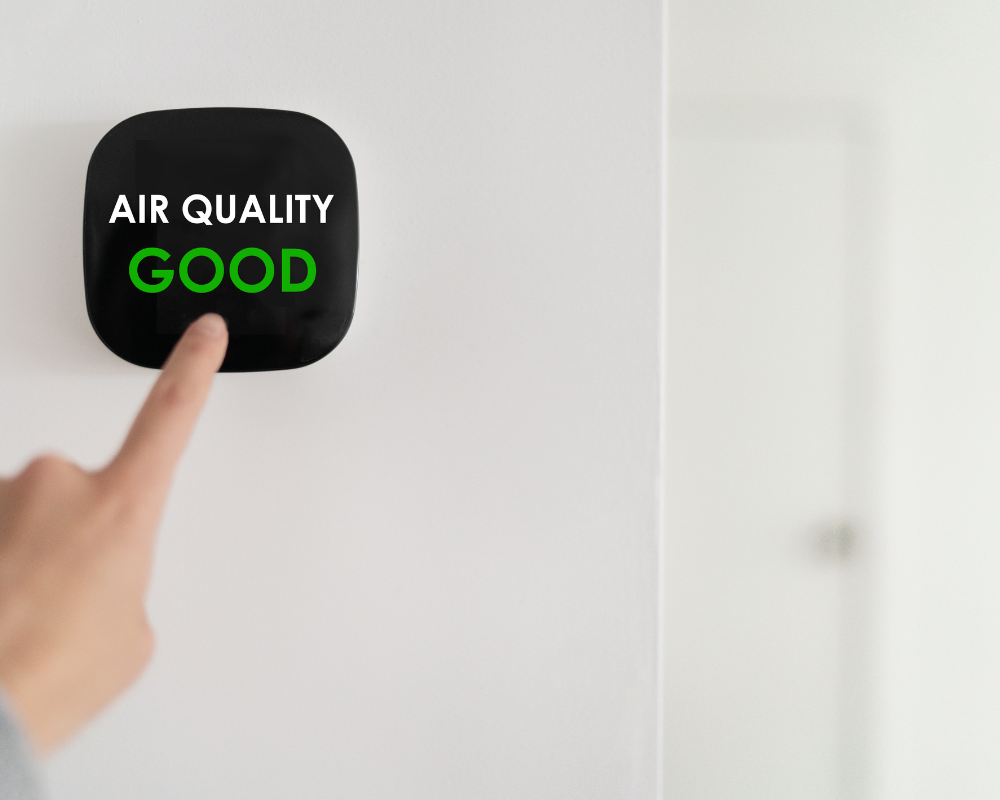
Wooden floors can be less forgiving on the feet, especially in colder climates. However, another intriguing feature of wooden flooring is its sustainability. As more people seek eco-friendly options for their homes, choosing responsibly sourced wood for flooring not only contributes to environmental conservation but also promotes healthy indoor air quality. This combination of appeal and environmental consciousness makes wooden flooring an attractive choice for both homeowners and designers alike.
The Verdict

Ultimately, the choice between carpet and wooden floors boils down to personal preference, lifestyle, cost, and the specific needs of each room. The key is to create a space that reflects your style and meets the practical demands of your lifestyle. The heart of homestyle is about finding the perfect balance between form and function.

